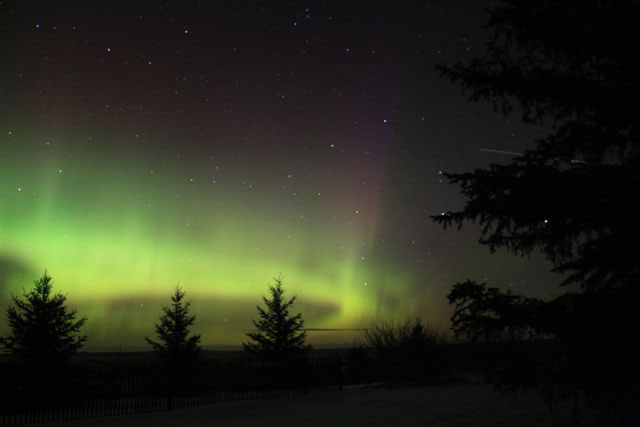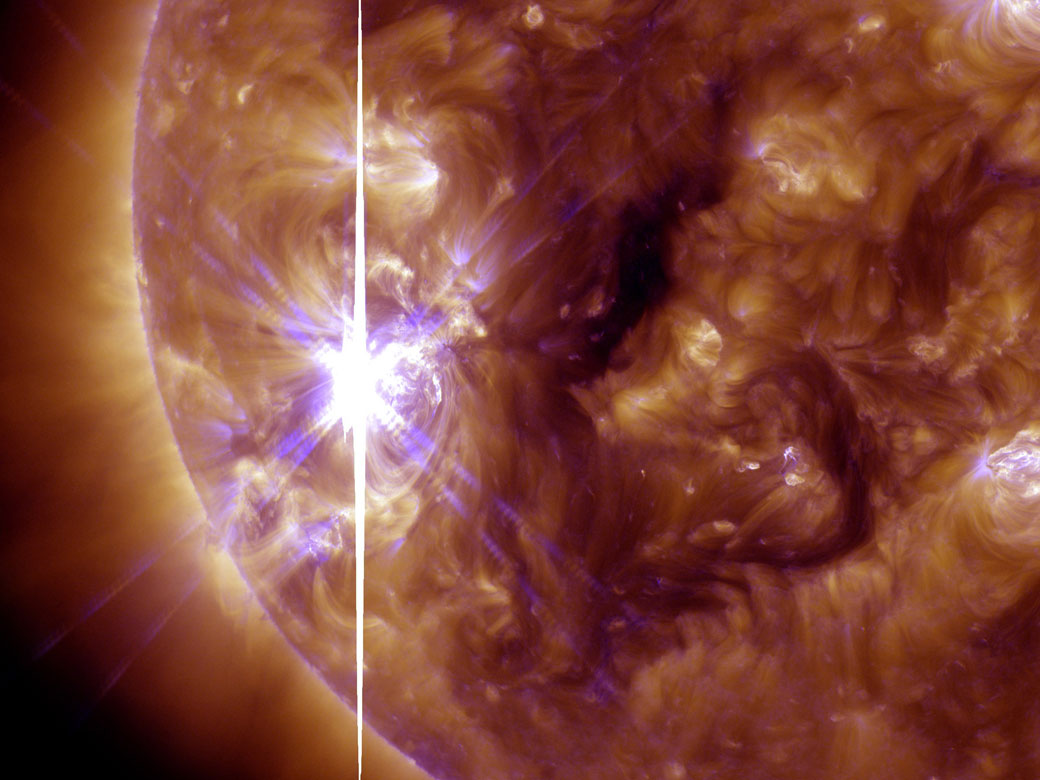TORONTO – The sunspot responsible for ejecting particles out into space has turned toward Earth.

Solar flares are measured by the amount of x-rays they emit, which is classified by the letters C, M and to the strongest, X. They eject plasma and other particles into space which is propelled by the solar wind and can arrive within minutes.
Once these particles interact with Earth’s magnetic field, they can produce beautiful northern lights, or auroras. Powerful ones can disrupt radio transmissions.
On Tuesday, a powerful X-3 flare erupted from sunspot AR1890. It briefly interacted with our magnetic field, causing a brief radio storm. It also produced something called a “magnetic crochet.”
Magnetic crochets are rare. They occur a mere 60 to 100 km above Earth’s surface and happen while the flare is actually in progress, not minutes or hours later.
The sunspot responsible for the flare is now turning toward Earth.
The National Oceanic and Atmospheric Administration’S (NOAA) Space Weather Prediction Center (SPWC) is forecasting a 45 percent chance of an M-flare over the next two days, and a 10 percent chance of an X-flare.

Get daily National news
If you want to know if you’ll be treated to a display of northern lights, visit the SPWC. The Kp index measures disruptions in the Earth’s magnetic field. If there is a measurement of three and above on this scale, people in high latitudes or with dark skies will likely have a display. Anything over four and there’s a very good chance you’ll see northern lights.




Comments